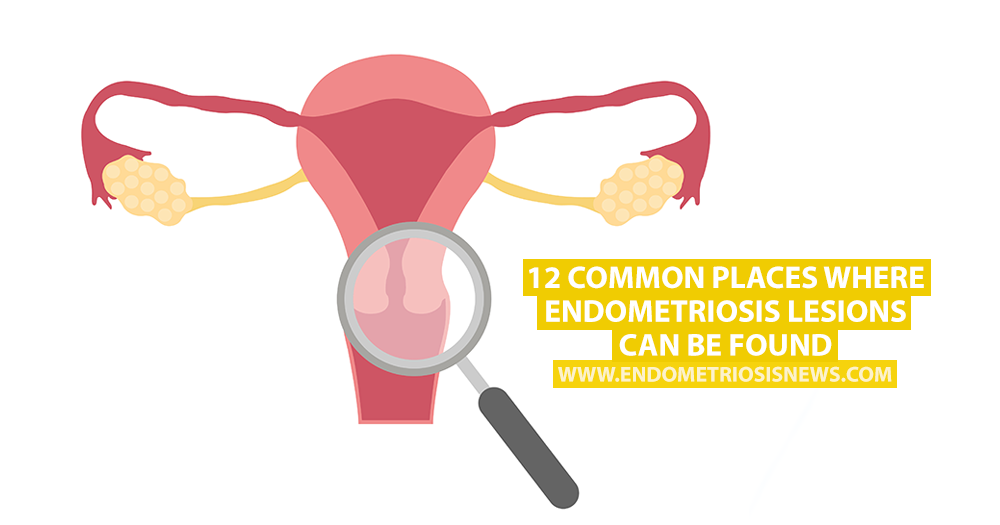Endometriosis is a chronic disease where tissue from the uterus (endometrium) begins to grow outside of the uterus. This causes lesions or nodules which can lead to intense pain (particularly during menstruation) and infertility.
MORE: Endometriosis lesions could be identified via endometrial tissue analysis
These lesions can be found in various parts of the pelvis and in very rare cases, in other organs like the lungs and brain. Lesions need to be removed (excised) by a specialist through a laparoscopy procedure. According to endometriosis.org, endometriosis lesions are most commonly found in the following locations:
- Ovaries, which store the eggs
- Fallopian tubes, which carry eggs from the ovaries to the uterus
- Peritoneum (the pelvic side wall)
- Pouch of Douglas or Cul-de-Sac (the lowest area of the peritoneal cavity)
- Rectal-vagina septum (a thin structure which separates the rectum and vagina)
- Uterosacral ligaments, which connect the sacrum (the large triangular bone at the base of the spine) to the uterus
In more severe cases lesions may also be found in:
- Laparoscopy/laparotomy scars
- Caesarian-section scars
- Bladder
- Intestines and bowel
- Appendix
- Rectum
MORE: Telling your partner you have endometriosis.
Endometriosis News is strictly a news and information website about the disease. It does not provide medical advice, diagnosis or treatment. This content is not intended to be a substitute for professional medical advice, diagnosis, or treatment. Always seek the advice of your physician or another qualified health provider with any questions you may have regarding a medical condition. Never disregard professional medical advice or delay in seeking it because of something you have read on this website.

